Little Fire Ants are not widely established on Oʻahu and weʻd like to keep it that way, but we need your help to find them. Collect & submit ant for identification to either OISC or the Department of Agriculture…we will help you eradicated LFA colonies! Hereʻs how to collect & submit ants: CHECK YOUR PLANTS FOR ANTS!
Little Fire Ant (Wasmannia auropunctata)
Family: Formicidae
Since the discovery of Wasmannia auropunctata on the Hawai‘i Island in 1999, the Hawai‘i Department of Agriculture worked closely with the local invasive species committees (including OISC), as well as the United States Fish and Wildlife Service to prevent the further spread of this ant species. The Hawai‘i Ant Lab, a project of the Pacific Cooperative Studies Unit, is also working diligently to mitigate the threats and prevent the inter-island and intra-island spread of existing invasive ant species, including the little fire ant.
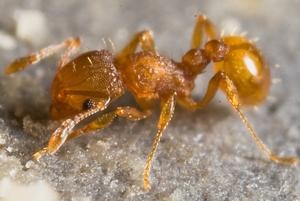
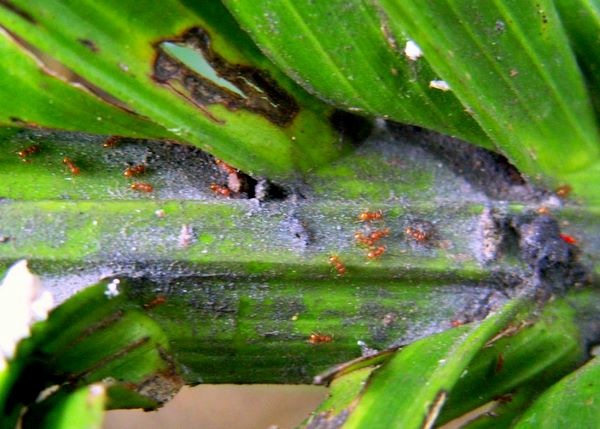
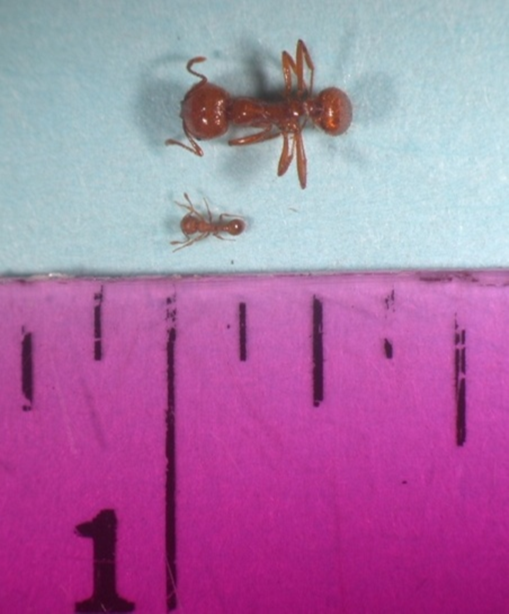
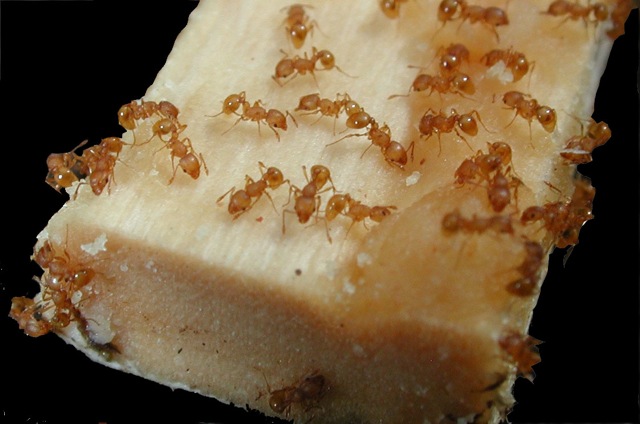
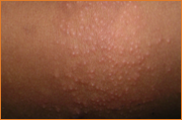
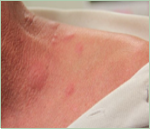


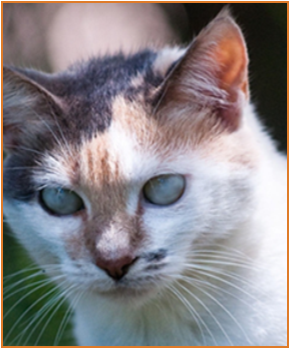
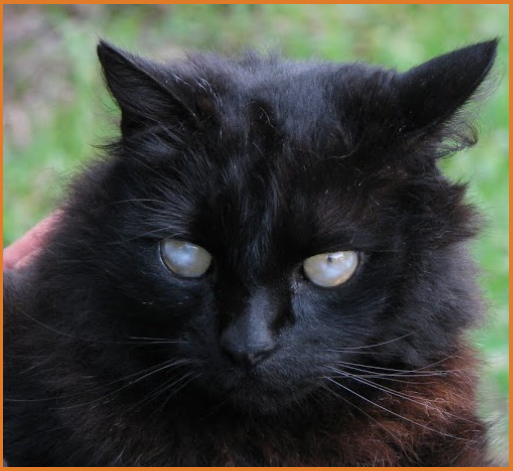
Description:
- This ant is orange-red to light brown in color, all workers are 1.5 mm in length (half the size of a sesame seed, or as long as a penny is thick, about 1/16 “)
- Slow-moving, easily dislodged from leaves, plants, and trees
- Prefers moist conditions, forming colonies on the ground AND in trees
- Native to Central and South America, LFA were accidentally introduced as hitchhikers on imported plants
Harm:
- Delivers a painful sting when disturbed. Welts can last for weeks
- Infests agricultural fields and farms, where they damage crops and sting workers
- Promotes plant pests such as aphids, white flies and scale insects, which secrete plant sap that the ants eat. In turn, the ants protect these insects from natural predators and parasites.
- Easily blown out of trees, stinging when they get are caught in hair or clothing.
- Infests homes, beds, furniture and food
- Has been linked to corneal clouding and blindness in pets
- In the Galapagos, LFA eat tortoise hatchlings and attacks the eyes of adult tortoises
- Infest bee hives, preying on the larvae and eventually destroy the hive.
- Large infestations are difficult and expensive to control
- LFA “farm” agricultural pests such as scale insects and mealy bugs for their sugary excrement as an alternate energy source. LFA protect these pest from farm-friendly predators like ladybirds ( AKA ladybugs). The scale insects and mealy bugs cause substantial reductions in crop health and production.
On O’ahu: Map of Detections
- First detected on O’ahu in December 2013 in a shipment of hapuu logs from Hawaii Island.
- Early detection and prevention are essential and the public is urged to report suspect ants to 643-PEST.
- OISC partners with HDOA in early detection surveys of garden centers and nurseries on O‘ahu, as well as public outreach activities to raise awareness about LFA.
- OISC’s management goal for little fire ant is island-wide detection and control.
- For Oahu current status, visit http://stoptheant.org/lfa-on-oahu/
How can you help? Collect and submit ants for identification at least once a year.
LFA are well-established on Hawai‘i island and hitchhiking ants pose a real threat…and ants are expert hitchhikers! But keep in mind that small infestations can be eradicated, which is why early detection is extremely important in keeping O‘ahu LFA free. CHECK YOUR PLANTS FOR ANTS!
Testing is easy! Just peanut butter and some chopsticks…the cheaper the peanut butter, the better!
- Smear a thin coat of peanut butter on one end of a disposable chopstick or popsicle stick. (A thick coat is no more attractive to ants and only makes identification more difficult). If you are allergic to peanuts, use small pieces of luncheon meat and tongs to retrieve the pieces.
- Place sticks in shady areas in, around, and on plants, including potted plants. For a thorough survey, place at least three sticks per plant, and/or one stick every two feet. Leave the sticks out for 45 minutes to 1 hour.
- Carefully pick up the sticks (so the ants don’t fall off!), and seal them in a plastic bag. Write your name, contact number, and the date on the bag and freeze for 24 hours to kill the ants. An address is helpful, but not required.
- Just because you have ants, doesn’t mean they are little fire ants. Some ants are look-a-likes and require an expert to identify them. Turn in ALL ant samples for identification and peace of mind.
You can mail your ant samples to:
Oahu Invasive Species Committee
743 Ulukahiki Street
Kailua, HI 96734
Pest Alert and Publications:
- Little fire ant brochure
- “Little Fire Ants in Hawai’i” A documentary by Maui Invasive Species Committee
- Impacts of little fire ant stings
- Little fire ant updates from Hawaii Invasive Species Council
